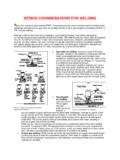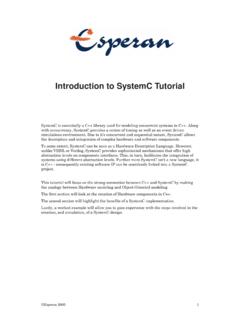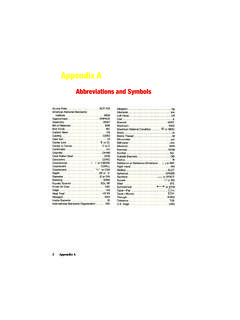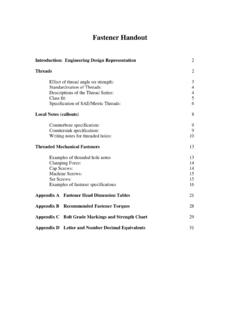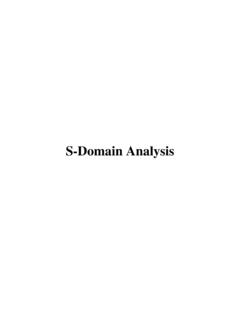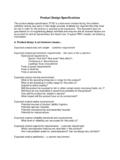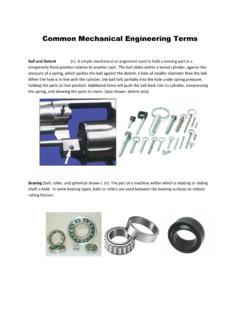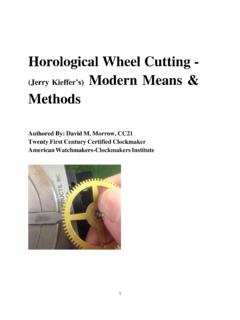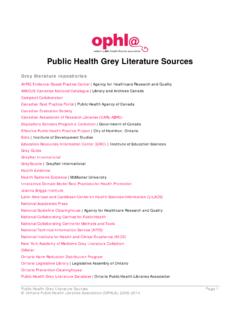Transcription of Principles of Dimensioning - CAE Users
1 Principles of Dimensioning RULES for the use of the dimension form. 1. All dimension, extension, and leader lines should be thin, sharp, dark lines (.5mm/2H). 2. Extension lines indicate the points between which the dimension figures apply. They are drawn perpendicular to the dimension lines, start with a visible gap (~1/32") between them and the object, and terminate 1/8" ( mm) beyond the last arrowhead. 3. Each dimension should be terminated by arrowheads touching the extension lines and pointing in opposite directions.
2 Arrowheads are drawn freehand with .7mm/HB lead. The line should be broken only at the approximate center for the dimension figures. 4. Dimensions shown with dimension lines and arrowheads should be placed to be read from the bottom of the drawing (unidirectional system). 5. All dimensions should be given in decimal format. When dimensions are given in inches, leading zeros are omitted from dimension values less than 6. When all dimensions on a drawing are given in inches, the inch marks (") are omitted, the same applies to millimeters.
3 If metric units are used, the word METRIC will appear boxed in a spot toward the lower portion of the drawing sheet. 7. A dimension line should never coincide with an object line or a center line, nor should it be an extension of these lines. Both, however, may be used as extension lines. 8. Crossing of extension lines or dimension lines should be avoided if possible. Where such crossings are unavoidable, there should be no break in either of the lines. However, if extension lines cross dimension lines through the arrowheads, the extension line may be broken.
4 9. Dimensions should be at least 3/8" (10 mm) from the object outline, then equally spaced at least 1/4" (6 mm) apart. A continuous series of dimensions should be aligned rather than staggered. Standard practice is to place the shortest dimensions nearest to the object and space adjacent parallel dimension lines further away from the object in order of their length. 10. Dimensions are preferably placed outside the outlines of the views. (See rule #11) 11. When placement outside the views will result in (a) dimensions too far from the distance they indicate, (b) long and confusing extension lines or leader lines that cross other lines of the drawing, or (c) any confusion in understanding where the dimension applies, they may be placed inside the view and close to the distance they indicate.
5 12. As the distance dimensioned becomes less than about 1/2" ( mm), the space between extension lines becomes too small for both arrowheads and figures. For these small dimensions the methods shown may be used. Each dimension should have two arrowheads associated with it, pointing in opposite directions. Dimensions can 'share' arrowheads. The following depicts appropriate forms for linear dimensions. 13. Where there are several parallel dimension lines in a group, the dimension figures should be staggered so that they will not interfere with one another.
6 14. Lettering (notes) should always be placed horizontal on the page, to be read from the bottom of the drawing (.7mm HB). POSITIVE CYLINDRICAL DIMENSION FORMS Rules: 15. Positive cylindrical features should always be located by their center lines in the circular view of the feature. 16. The diameter of cylindrical features should be specified in the rectangular view with a linear dimension. If clear space is available without conflict with other lines, a diameter dimension may be placed in the circular view; however, it is preferred in the rectangular view.
7 17. A series of concentric diameters on the same part should be dimensioned in the view where the cylindrical surfaces show as rectangles. 18. The dimension numeral should be preceded by the symbol . Dimensioning ROUND HOLES Rules: 19. Holes are specified by a local note and placed in the view where the hole appears as a true circle . The leader line should extend radially from the circle , touching its circumference. See section on Leader Forms. 20. Dimensions locating holes should be given to both of the two center lines that intersect at right angles at the hole centers, and should be placed in the view where the hole appears as a true circle .
8 Do not give location dimensions to the edge of holes. 21. When specifying a hole, the numerical value of the hole size (diameters) should be preceded by . Symbols should be used to indicate the specific details related to the hole. See example below. A summary of the symbols follows: Notes should be written in the same sequence by which the hole would be produced. 22. If two or more identical holes exist, one note can be used as shown. RADIAL DIMENSION FORMS The standard radial form is a dimension line extending from the center of the arc to the arc line and having one arrowhead placed at its outer end.
9 As the radius size becomes smaller than 1/2" ( mm), the modified leader form shown may be used. Rules: 23. Radial dimensions are given for circular arcs that are less than 180 . 24. Radial dimension lines should always be placed in the circular view of the arc, and should be drawn at an angle, never horizontal or vertical. 25. The dimension figures should be horizontal on the page, and are preceded by "R". 26. The forms shown above should be used regardless of radius size when (a) the normal position is too crowded with object lines, and (b) the normal dimension would fall within a cross-hatched area.
10 LEADER FORMS A leader form is used to direct information in local note form, to its intended place on the view. It should be an inclined straight line with a short horizontal portion extending to the mid-height of the lettering, and terminating at the other and by an arrowhead touching the feature it dimensions. The note end of the leader should extend from either the beginning of the first line, or the end of the last line of the note. Rules: 27. Leaders should make a large angle (30 to 60 ) with the line they touch.
